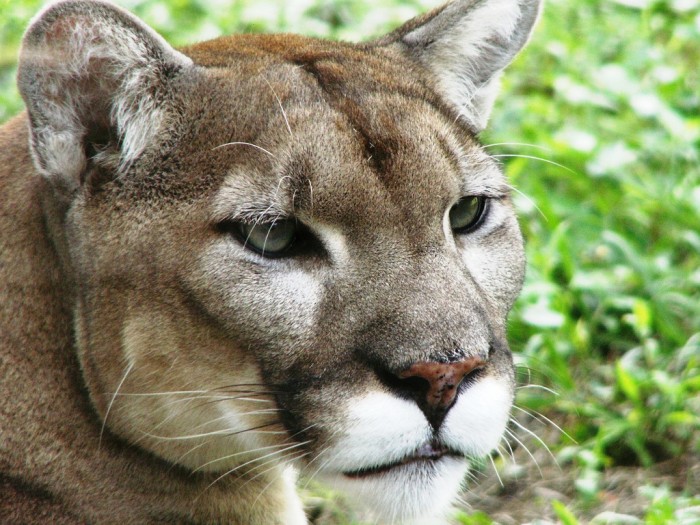The latest Environment and Society featured article is now available! This month’s article—”Flagships or Battleships: Deconstructing the Relationship between Social Conflict and Conservation Flagship Species”—comes from Volume 4 (2013). In their article, Leo R. Douglas and Diogo Veríssimo examine the multiple roles of flagships in conflicts including their part in human-wildlife conflicts and as symbols of broader sociopolitical disputes and show that the relationship between the co-occurrence of conflict and flagship species, while complex, illuminates important patterns and lessons that require further attention
Visit the featured article page to download your copy of the article today before it’s gone! A new article is featured every month.

LEO R. DOUGLAS is a visiting scientist at the American Museum of Natural History in New York City and a research scholar in the Department of Geography/Geology at the University of the West Indies. He recently conducted research about the underpinnings of conflict surrounding threatened parrots used as conservation flagships in the Caribbean. He has taught about conservation conflicts and biodiversity at Columbia University. His research interests are located at the intersection of conservation biology and conflict and peace studies.
DIOGO VERÍSSIMO explores the human dimensions of biodiversity conservation, having worked in the areas of environmental education and social marketing in countries such as Portugal, Brazil, India, and São Tomé e Príncipe. He received his PhD in biodiversity management at the University of Kent. His dissertation focuses on the adoption of marketing theory to the use of conservation flagships, a key part of fundraising and behavior change strategies for conservation.
